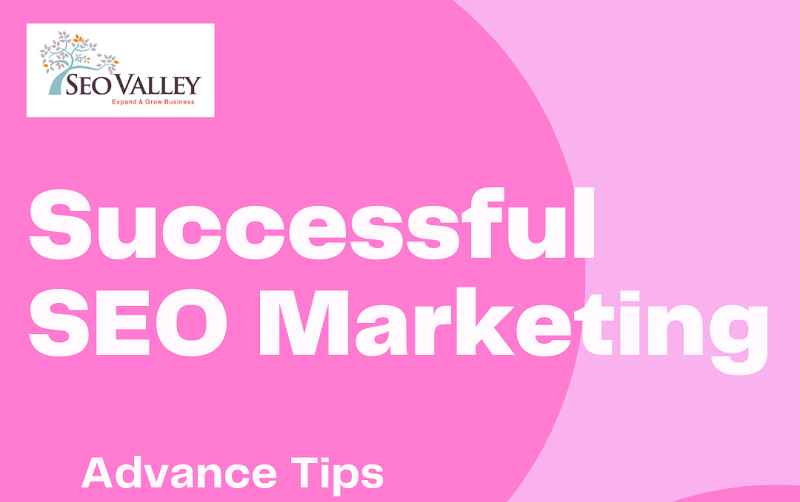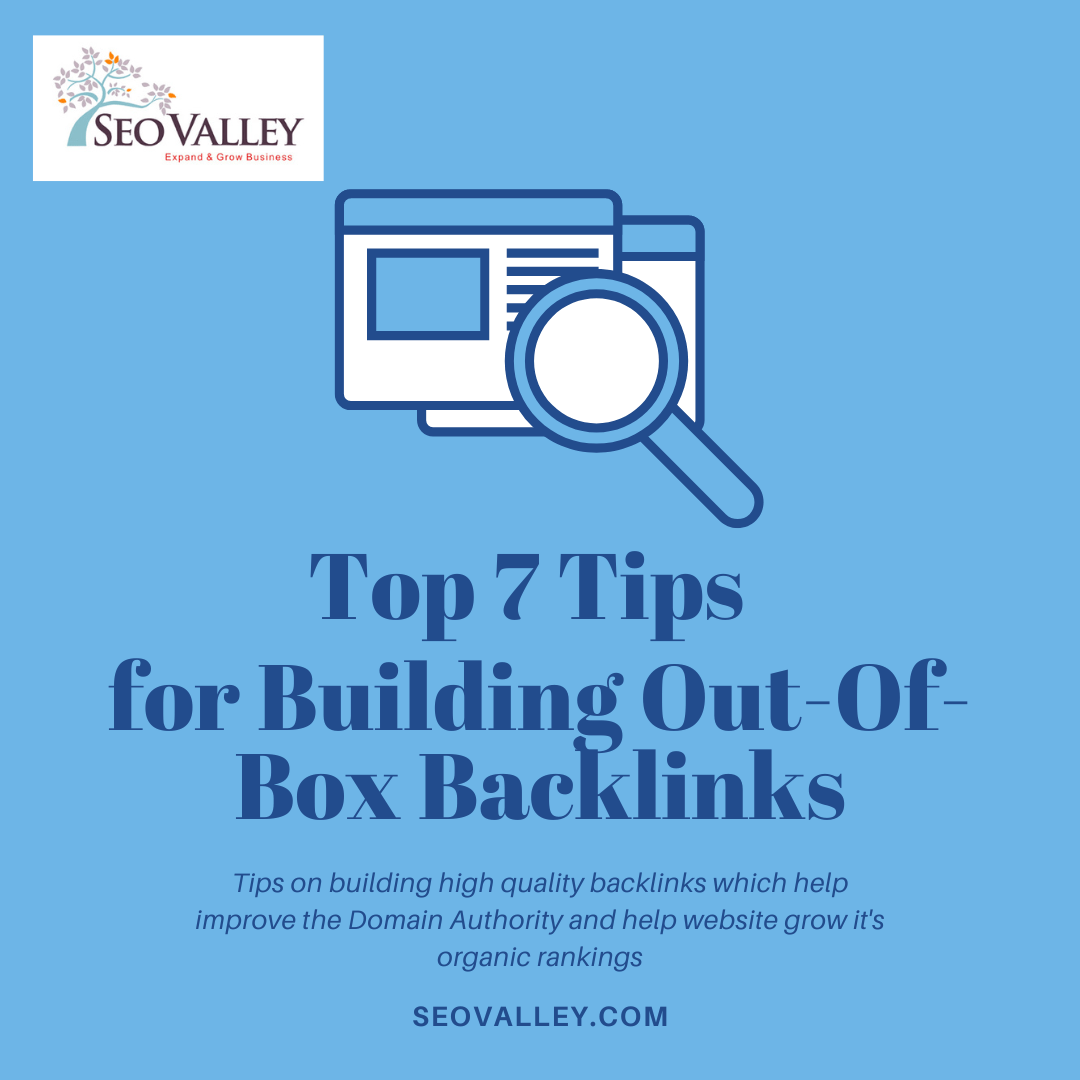Multilingual SEO optimizes a website for different languages so that it can be found by users in their native language. It is absolutely essential for global brands, but even small local businesses can benefit from multilingual optimization.
In fact, you can benefit from multilingual SEO even if most of your customers live in the US. Why? Because not everyone in the country is a native English speaker. Some users might be located in the US but may use Spanish, Mandarin, Cantonese, Arabic, or Korean in Google Search. Instead of relying on Google translate, you implement a solid multilingual SEO strategy to improve your chances of ranking better and strengthen your overall web presence.
Where do you start? Google has actually provided a list of things you can do to optimize for multiple languages and countries. Here’s a summary:
1. Use dedicated URLs.
Duplicate content is one of the main problems in multilingual sites. Not all duplicate content is considered harmful, but content appearing within multiple URLs may trigger penalties such as deindexing or lower rankings.
To avoid this, Google recommends using dedicated URLs with a language indicator that lets search engines and users identify the site’s language from the URL. For instance, if the original page is www.sample.com, the Spanish version should be www.sample.com/es.
Where the language indicator appears in the URL depends on which URL structure you decide to use—whether you choose a dedicated Country Code Top Level Domain or subdomains/subdirectories within your own website. For clarity, here are the three options:
- Top-level domain (e.g. www.sample.es)
- Subdomain (e.g. www.es.sample.com)
- Subdirectory (e.g. www.sample.com/es/)
Do note that a language indicator is still prone to misinterpretation, so be sure to define the URL parameters to make the site SEO-compatible.
2. Use hreflang tags
Google also recommends using hreflang attributes with language indicators to determine the page’s language and the region it’s meant for.
Insert the tags in the header section of your original page or submit via the sitemap. For instance, the hreflang tag referencing a French page for Canada might look like this:
<link rel=”alternate” hreflang=”fr-ca” href=http://sample.com/fr/” />
A page for multiple regions can have multiple hreflang attributes. The entire process can be time-consuming and complicated, but there are translation solution tools that can automatically do it for you.
3. Use one language per page
Using multiple languages on a single page might seem like an efficient solution, but experts advise against it because it can dilute the user experience. Readers might find it hard to navigate to other pages. User-generated content in different languages could also result in discussions losing context, which can confuse or even frustrate your readers.
4. Translate the metadata
When you have a multilingual website, you can’t just translate your content—you have to translate your metadata, too. This fundamental piece of text can help improve your rankings for your targeted countries. When translating metadata, it’s not enough to simply use a machine translator and translate word for word. Be sure to review the machine translation and manually edit it as necessary.
5. Check the website load speed
One of the simplest things you can do to optimize your website for multiple languages is to ensure that it loads fast. Page loading time has been a critical ranking factor since 2018. Pages that take three or more seconds to load are considered slow and don’t rank well.
To improve loading times, you can set up browser caching, optimize image sizes, and/or integrate a Content Delivery Network.
Most optimizations are technical and are best done by an SEO expert, but if you’re using WordPress for your site, you’ll find plugins that can help implement speed boosts without touching your code.
You can also check your hosting plan to ensure that it’s not affecting your page speed loading times.
Do you need help optimizing a multilingual website for different languages and countries? SEOValley offers international SEO services. We can customize an optimization strategy that drives organic traffic from your targeted countries and languages. Contact us for a consultation.










